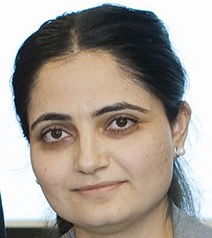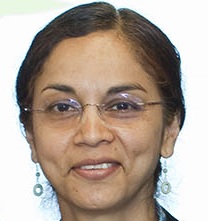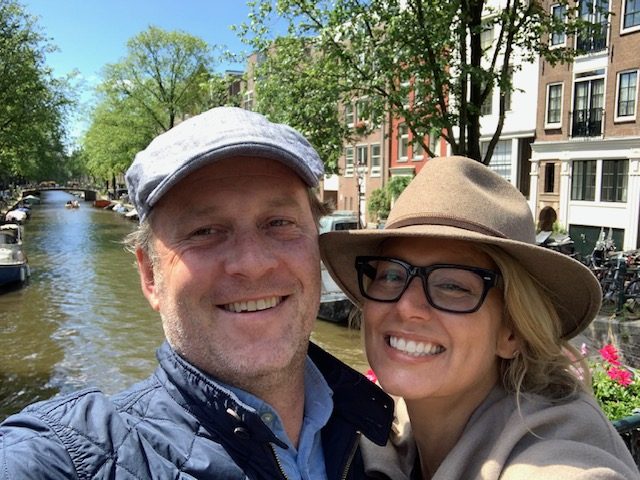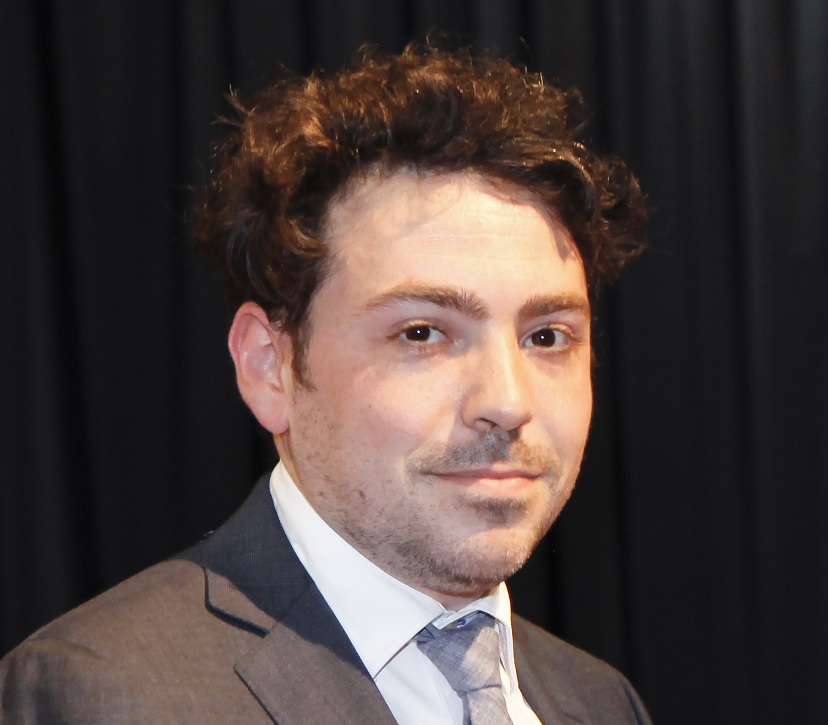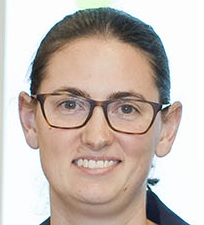
Search
09 Dec ALZHEIMER’S AND OTHER NEURO DEGENERATIVE DISEASES
...shown that a brain functional change called hyperexcitability is an early and reliable diagnostic marker of ALS. My next study was aimed at assessing regional differences in brain hyperexcitability which...03 Nov October e-Newsletter 2021
...brain research today Everything you need to know about brain donation More than 1 in 10 Australians are registered organ donors, but did you know you can donate your brain...16 Mar Patient Stories & Resources 2022
...national organisations will have state branches that help facilitate this, such as: Brain Injury Australia (brain injuries include traumatic brain injuries, stroke, infection, and degenerative diseases) Brain Tumour Alliance Australia...12 Oct Concussion and Traumatic Brain Injury
Watch Dr George Opie accept the research grant award and hear a bit about the project. Project Summary: Within Australia, traumatic brain injury (TBI) is one of the most common...18 Oct Media Contact | Keynote Speaker | Spokesperson
...brain health and in particular is helping to change the conversation around concussion by sharing his personal story. TREVOR THOMPSON Chief Executive Officer, Brain Foundation Spokesperson for the Brain Foundation...07 Nov Brain Tumours
Project Summary: Today in Australia, 4 people will be diagnosed with a brain tumour. This equates to 1600 tumours in Australia each year. These may be benign or malignant. Present...14 Jul Surviving an Aneurysm
...resources to people living with acquired brain injuries. Please see their directory of Brain Injury Services to find support groups and services in your state. You can also find support...28 Nov Attention Deficit Hyperactivity Disorder (ADHD)
...get easily distracted while working on something you find difficult. Brain structure & function Imaging studies have shown that people with ADHD have physical and functional differences in their brain....20 Jan Brain Tumours
...high activity within the tumour, but not normal brain, makes it an ideal potential therapeutic target. With the help of the brain foundation we aim to investigate the effects of...20 Jan Brain Tumours
...tumours will uncover new targets for brain tumour therapies in the future, and also point to potential new blood tests for the diagnosis or monitoring of brain tumours. Final Report...16 Jan Traumatic Brain Injury Award
PROJECT SUMMARY: This project seeks to investigate a potential therapeutic antibody (MAR-1) that can limit the damage of traumatic brain injury. Traumatic brain injury (TBI) represents the major cause of...11 Dec Transient Ischaemic Attack
...within the brain (cerebral haemorrhage), or (c) rupture of a blood vessel into the space surrounding the brain (subarachnoid haemorrhage). About 50% of patients who subsequently have a stroke due...26 Oct Multiple Sclerosis & other Inflammatory Diseases
...mistakenly attacks the small blood vessels of the brain, cochlea of the ear, and the retina of the eye causing brain damage and hearing and visual loss. Early corticosteroid treatment...26 Oct Concussion & Traumatic Brain Injury
Watch Dr Andrew Fenning accept the research grant award and hear a bit about the project. Project Summary: Repetitive mild traumatic brain injury (rmTBI) or concussion trauma, accounts for the...26 Oct Epilepsy
...cells) can provide the answer. These stem cells can be used to make 3D cortical brain organoids, or ‘mini-brains’. These ‘mini-brains’ contain the same genetic make-up as the patient they...16 Oct Neural Infections
...well as neuropsychiatric disorders. Notably, T. gondii infection also results in inflammation in the brain. Traumatic brain injury (TBI) and stroke are common forms of brain injury that affect millions...16 Oct Neuro-trauma
...in a large number of well-characterised cases collected through the Sydney Brain Bank. Brain donors are recruited through longitudinal, prospective brain donor programs with an interest in ageing and neurodegeneration....16 Oct Brain Tumours
...blood markers that can differentiate between patients with brain tumours and healthy controls with over 99% accuracy. We plan to validate this panel during the monitoring of patients with brain...09 Dec NEUROMUSCULAR DISEASE
...of the funding provided by the Brain Foundation. PROJECT SUMMARY: Multiple sclerosis (MS) is an inflammatory and neurodegenerative disease affecting the brain and spinal cord. There are over 25,000 Australians...19 Oct Major Research Award
...brain is injured (from e.g. trauma, stroke or bleeding around the brain) swelling occurs. Because the skull is basically a ‘closed box’ this swelling can cause a pressure rise. This...19 Oct Neuro-trauma Award
...adults worldwide. Neuroprotective treatments to reduce brain damage associated with TBI are currently lacking, which makes developing effective treatments of paramount importance. Any treatment that minimises brain injury associated with...27 Jan Brain Tumour Award
Project Summary: Brain tumours are the leading cause of cancer related death and disability in children. The Royal Children’s Cancer research laboratory is focused on improving our understanding of medulloblastoma,...20 Jan Cerebral Diseases
...accommodate the swollen brain and although life saving, it is highly invasive and potentially risky. As a result, alternate treatments for brain swelling that address the cause of the swelling...19 Oct Brain Tumour Award
PROJECT SUMMARY: In Australia, brain cancer is the leading cause of cancer-associated death for adults under the age of 40 and children under the age of 10, with one person...
 The Brain Foundation is the largest, independent funder of brain and spinal injury research in Australia. We believe research is the pathway to recovery.
The Brain Foundation is the largest, independent funder of brain and spinal injury research in Australia. We believe research is the pathway to recovery.PLEASE HELP US BY DONATING TO OUR RESEARCH PROGRAM.

